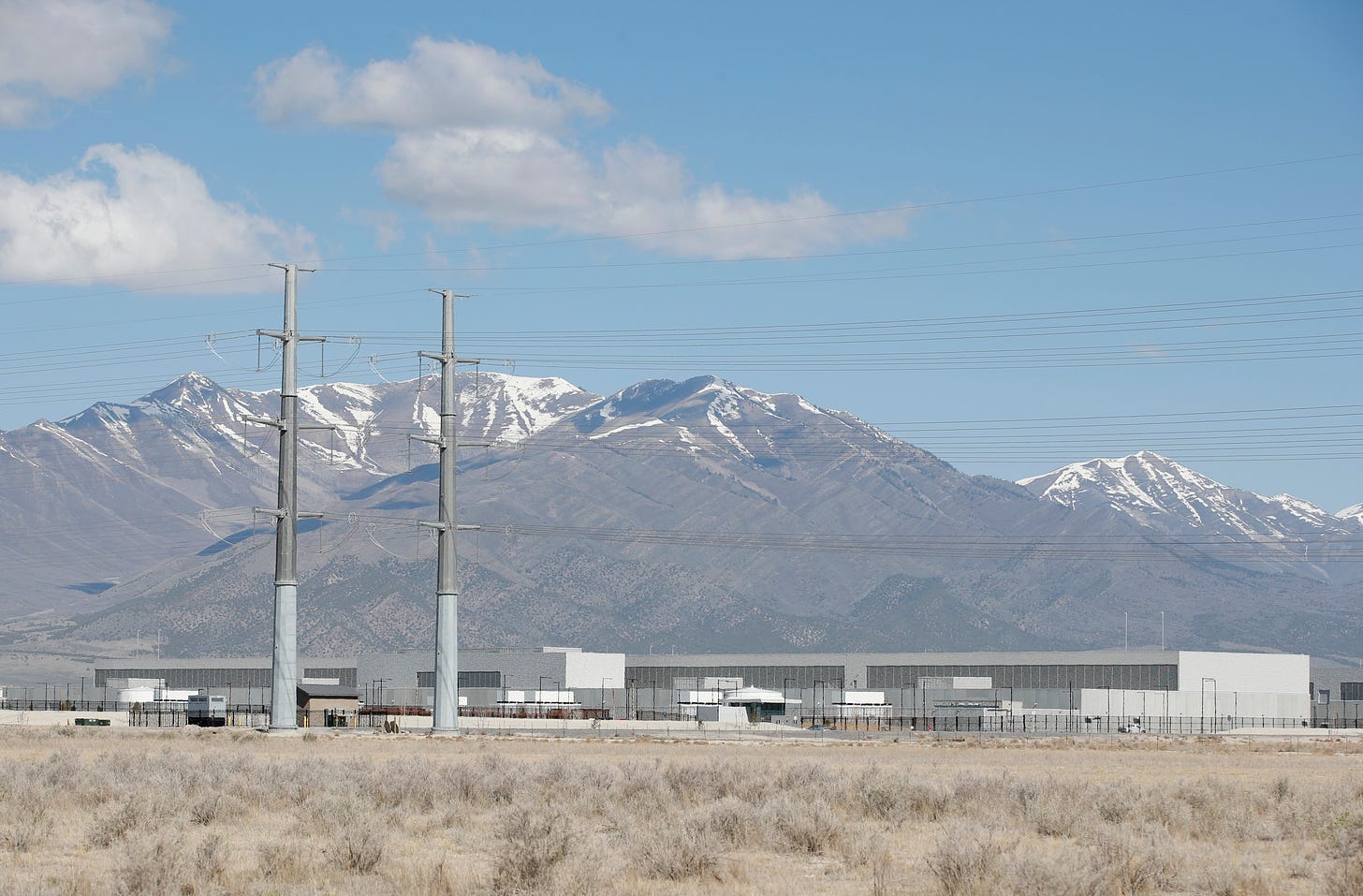Data Center Power Demands Bring State Intervention in Texas & Surprise Financial Risks
Rising electricity costs could be a political landmine for massive AI facilities.
The AI data center boom is straining the country’s electric grid, and a political backlash over rising electricity prices and the environmental impact of massive new facilities is looming over the build-out.
States and power utilities are in a tense standoff over grid upgrades as companies race to meet demand. Data center projects from California to Kentucky to Virginia have drawn protests from locals decrying their effect on electricity prices, among other issues.
In a surprising development given the state’s politics, Texas has led the way in regulating the relationship between data centers and utilities, with a new law mandating that companies fund grid upgrades and requiring a “kill switch” to cut off data centers in a power emergency.
The industry is only beginning to confront the financial uncertainties that the electricity issue could bring. Aaron Ginn, the CEO of Hydra Host, a startup that designs AI data centers, referred to the Texas “kill switch,” which other states may emulate, as an enormous risk for any data center.
“They have to promise uptime contractually,” Ginn said. “People are less likely to build in Texas or build sovereign capacity” because of the law.
The rising price of electricity hasn’t received as much attention as the cost of groceries, but it’s quickly becoming a significant political issue. Over the past year, power rates have increased at more than twice the rate of inflation, according to the latest CPI data.
While there are multiple factors playing into the rising rates, AI is an important contributor. The Department of Energy projects that demand from new data centers will be responsible for a 4.5% uptick in electricity sales in the commercial sector in 2026. All this comes after electricity demand in the US had essentially been flat for years.
During the cloud-computing buildup that began a decade ago, power was less of an issue. The GPUs needed in AI data centers are far more resource-intensive.
“We've had a decade of basically no power demand growth and then all of a sudden, out of nowhere, I mean nowhere, there's all these requests,” said Jim Grice, a lawyer who advises companies on data center projects. “The utilities are struggling with how to meet this demand.”
A preview of what the electricity issue could bring in the upcoming election year came in August, when Senator Bernie Sanders congratulated community members in St. Charles, Mo., for at least temporarily killing a developer's plans to build a data center in town. The facility’s potential impact on electricity prices, and the local water supply, are the key issues in the fight.
The pushback has caused headaches for developers nationwide. From May of 2024 to March of this year, $64 billion in data center construction has been blocked or delayed due to local opposition, according to a report from Data Center Watch. The study noted that the opposition has been evenly split between Democratic and Republican politicians.



